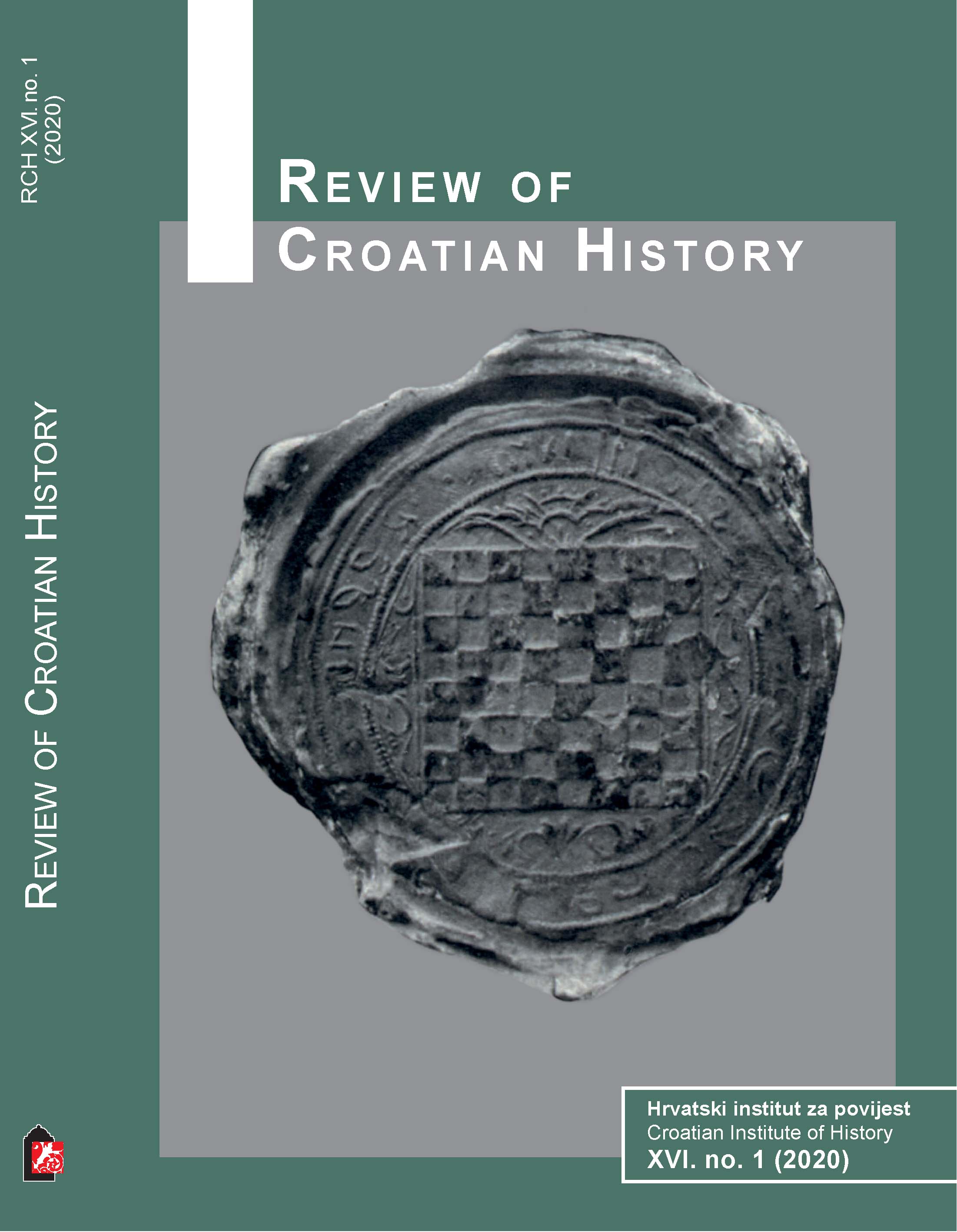Some Aspects of Socialist Modernization in the Croatian Cities
DOI:
https://doi.org/10.22586/review.v16i1.11288Keywords:
socialist modernization, cities, urbanization, CroatiaAbstract
The paper focuses on the period of socialist modernization in Croatian urban settings, in a country guided by ideologically shaped administrative measures, absence of social pluralism, and private economic initiatives. The socialist regime mainly promoted the announced transformation of social and economic relations, as well as technical progress, in the urban areas, where cultural and symbolic interventions took place along with the technical ones. The socialist city was to become an ideal city that met all the needs of the “working people”. Industrialization and urbanization caused labour migration from rural to urban areas. Due to the large number of new residents in the cities, the authorities paid much attention to housing policies. Accelerated construction resulted in a discrepancy with the existing urban and communal infrastructure. The consequences of half a century of socialist modernization in the cities were most evident in the altered population structure. At the beginning of the observed period, only one quarter of the population lived in cities, but when the socialist epoch ended, this ratio was over 50%. The negative consequences of socialist modernization in the cities could be seen in the polarized development of the main urban centres, the unevenly developed network of medium-sized and small towns, and the depopulation of a significant part of rural areas.
Downloads
Published
How to Cite
Issue
Section
License
Copyright (c) 2020 Review of Croatian History

This work is licensed under a Creative Commons Attribution-NonCommercial 4.0 International License.
The copyright holders are the Croatian Institute of History (as the publisher) and the authors.
The Review of Croatian History is an open-access journal. Its contents are freely accessible in their entirety. Users may read, download, copy, distribute, print, search, or put links to its material, and to change, reword, and process the material or use it in other legal ways, as long as they cite the original in the appropriate manner, in accordance with the Creative Commons licence CC BY-NC.
Works published in the Review of Croatian History may be deposited in institutional or thematic repositories, as long as the appropriate links to the web pages of the Journal and Hrčak (central portal of Croatian scientific journals) are made available.
The self-archiving policy is indexed in the Sherpa/RoMEO database, where it is visible that the journal allows the depositing of unreviewed (pre-print), reviewed (post-print), or publisher’s versions of the work.


